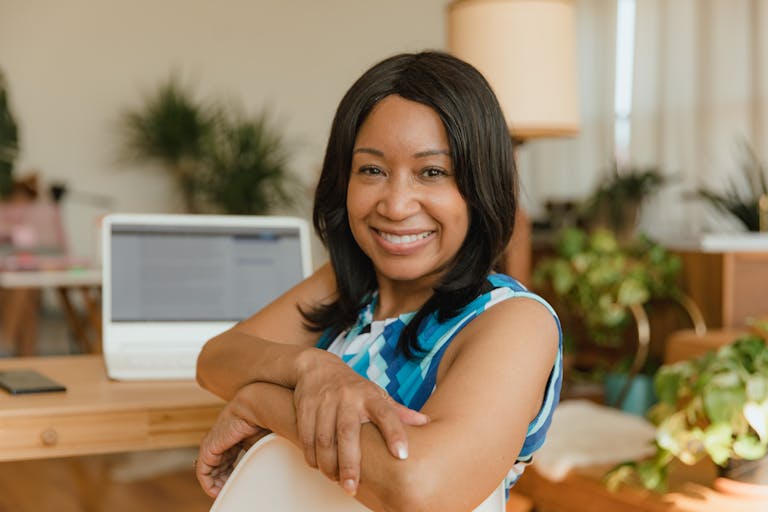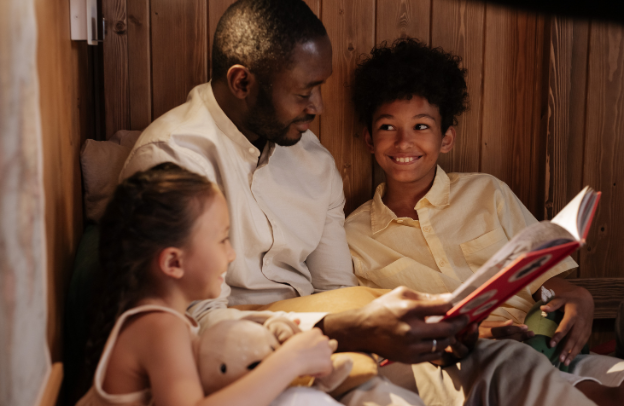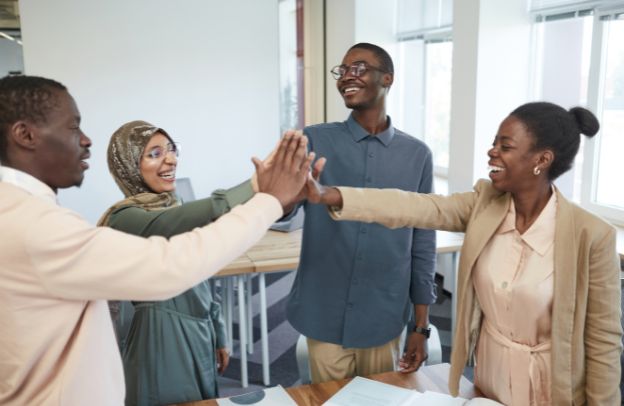Transforming Learning in African Classrooms: Embracing Storytelling and Cultural Identity through the Story to Asset Framework

What if your classroom felt like a family gathering under a truly friendly, where stories are shared, songs are sung, and every child feels seen, smart, and safe? What if learning wasn’t about racing to memorize big words, but a joyful journey of remembering who you are and where you come from? This is more than nostalgia, it’s a powerful way to make learning stick in African classrooms. This is where we turn stories into strategic tools for empowerment, using what we call the “Story to Asset Framework.”
Learn How to Leverage Your Story through our Story To Asset Framework.
A Seat at the Story Circle
Imagine a child in Esanland, Nigeria, seated beside her grandmother, her eyes wide with curiosity as she listens to a tale of a clever tortoise who uses wit and wisdom to solve a community problem.
This isn’t just a story to pass the time; it’s a repository of values, heritage, and survival. It teaches lessons in patience, strategy, and self-awareness. It sends a message that says: “This wisdom runs in your blood.”
That simple moment, where tradition meets learning, where a child feels rooted and recognized, is the very essence of African education at its best. It reminds us of the days when knowledge wasn’t separated from identity, when learning came through the rhythms of the village, the songs of the ancestors, and the proverbs passed around like treasured fruit.
Memory is More Than Recall
Memory in the African context is not just about storing facts or passing exams. It is about holding close the cultural compass that guides behavior, decision-making, and identity. When our children remember the tales, songs, dances, and wise sayings of their people, they carry a road map for life.
In 2021, The Education Hub published an article titled “Working Memory and Its Role in Teaching and Learning.” The article explained that the brain’s primary function is to receive signals from the environment, process them, and respond in ways that support wellbeing and survival.
Our ability to respond effectively relies on the long-term memory system, which stores important information from past experiences. This information is encoded in patterns of neural activity.
The article added, saying that the Neurons, the brain’s basic functional units, communicate by sending and receiving signals. When activated together, they form pathways and networks of synchronized activity. These neural patterns represent our stored knowledge and are crucial for learning and decision-making.
The Education Hub is a New Zealand-based initiative dedicated to supporting early childhood and school educators. Their mission is to provide teachers and school leaders with access to high-quality, practical, and research-based evidence to help them create meaningful change within their own educational settings.
Too often, modern classrooms across Africa have adopted foreign pedagogies that prize rote memorization over lived understanding. Students copy notes, cram for tests, and often forget the lessons days later.
See also Cultural Immersion in Africa: How Diasporans Can Connect to Their Roots Through Travel
But learning rooted in African traditions, storytelling, rhythm, repetition, and song connects to how our children naturally learn. These methods help knowledge stick like honey to the tongue.
The Rhythm of Remembering
Dr. Molefi Kete Asante, a renowned scholar of African heritage, says, “African oral traditions are not passive. They are participatory, exciting, and filled with rhythm and meaning.” That rhythm is key. Learning that includes participation, music, dance, and discussion becomes unforgettable.
Children are not empty vessels to be filled, but candles to be lit. When we integrate memory tools into our classrooms, we do more than educate; we ignite identity.
Let us consider again that Esan’s child is listening to the story of the tortoise. Beyond cleverness, she is learning who she is and where she belongs. The lesson is not just intellectual; it is emotional and cultural.
African identity is deeply intertwined with memory. Proverbs like, “Until the lion learns to write, every story will glorify the hunter” remind us of the importance of owning and sharing our own narratives. When children remember their language, heritage, songs, and local wisdom, they grow up not just knowledgeable, but confident.
This is the spirit of Sankofa, the Ghanaian symbol that urges us to go back and retrieve what was lost in order to move forward. In the classroom, this means anchoring new knowledge in old wisdom. It means creating space for stories that reflect our realities.
Memory Tools from African Traditions
Memory doesn’t have to be mechanical. In fact, the most powerful learning happens when it is joyful, interactive, and rooted in community. Here are some ways educators can weave African memory techniques into everyday lessons:
- Storytelling Circles: Set aside time for children to share folk tales, family stories, or even their own imaginative tales. After listening, let them draw scenes, act them out, or write endings. This strengthens both comprehension and creativity.
- Call-and-Response Songs: This age-old method is perfect for memorizing numbers, science facts, or spelling. The rhythm makes it easier to remember, and the participation keeps every child engaged.
- Proverbs and Wise Sayings: Start lessons with a relevant proverb. For example, “Wisdom is like a baobab tree—no one individual can embrace it.” Let the children discuss what it means. Then, tie the lesson to its deeper message.
- Memory Walks: Take children outdoors. Ask them to collect items from nature, like stones, leaves, or flowers. Then, tell a story about their discoveries. This builds narrative thinking and memory.
Why This Matters Now
Modern African classrooms often prioritize foreign curricula, sidelining indigenous methods. This disconnect can make school feel alien and difficult for children who thrive in interactive, community-based learning environments.
The African Storybook Project (2021) found that students who learned through local stories and languages improved literacy faster than those using only English and textbooks. Local languages and stories are not just cultural tokens; they are effective educational tools.
Memory-based learning also empowers students who may struggle with reading and writing. A child who hasn’t yet mastered the alphabet might still know ten stories by heart or sing a song that teaches counting. From these foundations, literacy grows naturally.
What Parents and Teachers Can Do
Reclaiming African memory tools does not require expensive technology or infrastructure. It requires intention, cultural pride, and collaboration.
Parents can:
- Tell bedtime stories about their upbringing, village life, or historical events.
- Teach traditional songs and games.
- Share proverbs and invite children to guess their meanings or apply them to modern situations.
Teachers can:
- Let students share stories during class.
- Use storytelling to introduce and review academic topics.
- Create classroom visuals with local proverbs and illustrations.
- Blend storytelling, music, and movement into standard lessons.
The Classroom as a Living Story
Let us reimagine our classrooms not as cold spaces of repetition but as warm circles of connection. Imagine children entering with a song on their lips, a proverb on the wall, and a story ready to be told. Let math be taught with pebbles from the courtyard, and science with stories about rain cycles and farming practices.
See also How to Stay Safe When Traveling to Africa: The Ultimate Guide for Groups and First-Time Visitors
This is not fiction. This is how our ancestors taught. And this is how we can return to the roots of meaningful, joyful learning.
As the Esan proverb wisely says, “The child who is not taught at home will be taught by the world.” If we do not embed cultural memory in our classrooms, we risk losing generations to systems that do not understand them.
Conclusion: From Memory to Mastery
In the African classroom of the future, memory will no longer be an afterthought. It will be the heartbeat of education. Through stories, rhythm, proverbs, and play, we will teach not just to inform, but to transform.
We must help our children not just to pass, but to remember. Because when they remember, they reconnect. When they reconnect, they grow strong. And when they grow strong, they lead with purpose.
As we say in the Story to Asset Framework, your story is your strategy. Let us build schools where every child learns in a way that feels like home. Let us remember, so we can rise, together.
Learn How to Leverage Your Story through our Story To Asset Framework.






